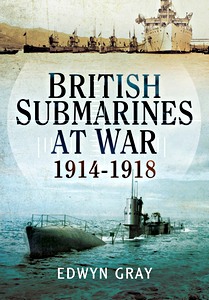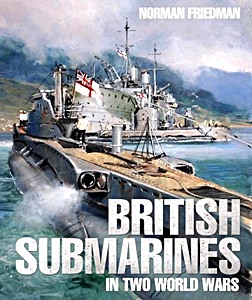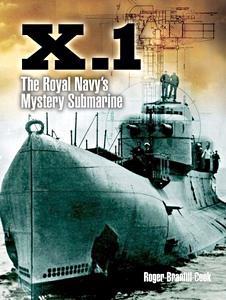British Submarines at War 1914 - 1918
Originally published in 1970 and out of print for nearly thirty years, this book has already earned its place as a classic of submarine history by an author with an international reputation for being second-to-none in evoking the claustrophobic horror of war beneath the waves.
Accurate in detail, yet written with humanity and humour, it tells the story of Britain's pioneer submarines during the 1914-1918 War during which their crews battled courageously in atrocious conditions against a skilled and ruthless enemy and an equally unforgiving sea.
2001 marked the centenary of Britain's Submarine Service introduced into the Royal Navy in the face of opposition from virtually every flag officer in the fleet. The dedicated enthusiasts who made up their crews were derided as members of 'The Trade' but they fought the Edwardian Naval Establishment as fiercely as they were later to fight the enemy; And Victory was their reward on both occasions.
Freshly illustrated, this second edition is a timely tribute to the gallant pioneers who created the legacy of dogged courage, determination, and standards of excellence which remain the proud hallmarks of the Royal Navy's submarine service today.
Caractéristiques
| Auteur : | Edwyn Gray |
|---|---|
| Présentation : | 224 pages, 23.5 x 15.5 cm, broché |
| Illustration : | photos en N&B |
| Editeur : | Pen & Sword Books Ltd (GB, 2016) |
| ISBN : | 9781473853454 |

British Submarines at War 1914 - 1918
Langue : anglais
Disponible sur Amazon - paiement sécurisé et livraison rapide
Acheter sur Amazon FRAcheter sur Amazon BE
Acheter sur Amazon CA






